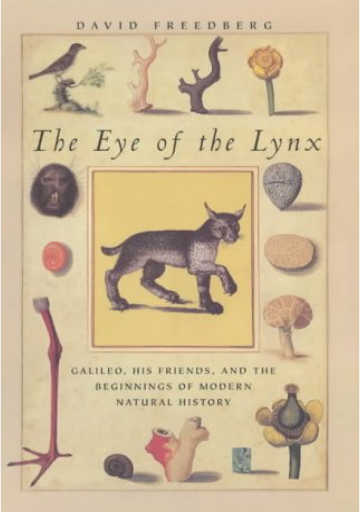 0226261484 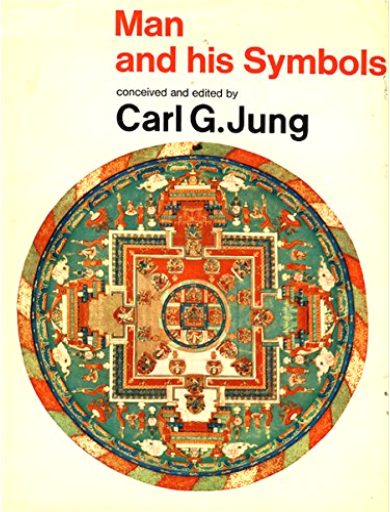 The different sections in this book speak for themselves... Jung's own chapter introduces the reader to the unconscious, to the archetypes and symbols that form its language and to the dreams by which it communicates. Dr. Henderson in the following chapter illustrates the appearance of several archetypal patterns in ancient mythology, folk legend, and primitive ritual. Dr. von Franz, in the chapter entitled "The Process of Individuation," describes the process by which the conscious and the unconscious within the individual learn to know, respect, and accommodate one another. In a certain sense this chapter contains not only the crux of the whole book, but perhaps the essence of Jung's philosophy of life: Man becomes whole, integrated, calm, fertile, and happy when (and only when) the process of individuation is complete, when the conscious and the unconscious have learned to live in peace and to compliment one another. Mrs. Jaffe, like Dr. Henderson, is concerned with demonstrating, in the familiar fabric of the conscious, man's recurring interest in - almost obsession with - the symbols of the unconscious. They have for him a profoundly significant, almost a nourishing and sustaining, inner attraction - whether they occur in the myths and fairy tales that Dr. Henderson analyzes or in the visual arts, which, as Mrs, Jaffe shows, satisfy and delight us by a constant appeal to the unconscious.  A writer chronicles the surrender of her body to MS; a woman running a substance-abuse clinic faces challenges from clients, donors and her own past; two brothers fix up a house - but can't quite fix the aging parents who will live in it. From the chalky horse-pills of faceless pharmaceutical conglomerates to the hot toddy that was Grandmother's remedy for bruised knees, broken hearts and everything besides - here are stories about the ways we face our ailments and the ways we seek to cure ourselves. 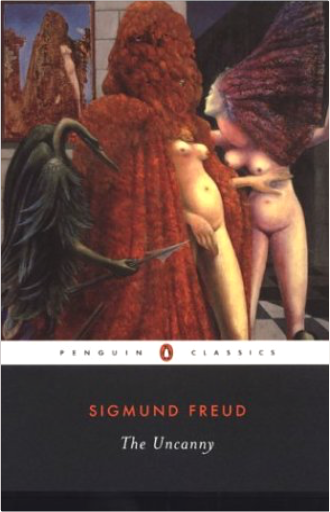 Freud was fascinated by the mysteries of creativity and the imagination. The groundbreaking works that comprise The Uncanny present some of his most influential explorations of the mind. In these pieces Freud investigates the vivid but seemingly trivial childhood memories that often "screen" deeply uncomfortable desires; the links between literature and daydreaming; and our intensely mixed feelings about things we experience as "uncanny." Also included is Freud's celebrated study of Leonardo Da Vinci-his first exercise in psychobiography.  With this widely acclaimed work, Fried revised the way in which eighteenth-century French painting and criticism were viewed and understood. | 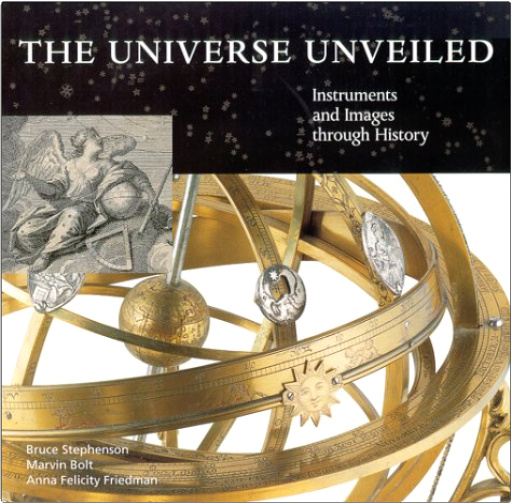 The search for understanding creates more than answers; it also produces instruments, books, maps, and other tools made and used by those seeking knowledge. The Universe Unveiled uniquely focuses on these artifacts and devices resulting from the attempts to decipher the Universe from the late fifteenth to the early twentieth century. Beautiful, full-color photographs capture these extremely rare and sometimes unusual curios. Beginning with the discovery of ways to keep time, The Universe Unveiled depicts the shift from an Earth-centered understanding of the Universe to a Sun-centered view, the mapping of the stars, and the ever-expanding knowledge of the heavens using telescopes. It also examines the developing technologies of navigation and of the measuring and mapping of the Earth. In addition to rare European curios, the book is illustrated with non-Western and American works. With more than 250 full-color images, this unique volume will delight the inventive as well as the curious.  Life and death are the themes which have always exerted an incredible fascination on human beings. This trilogy, entitled Conserving - which includes 'Conserving Fish', 'Conserving Animals' and 'Conserving Humans' - is a sensitive confrontation with a part of our life that is frequently repressed or treated taboo. Daniel and Geo Fuchs pursue exciting new paths in this photographic work. Their virtuosic use of lighting enables them to breathe new life into specimens, some of which have been conserved in alcohol or formaldehyde for as long as 300 years. The appeal of their photographs derives from the breathtaking beauty of the colours and structures and from a magical expressiveness which invites the viewer to enter hitherto unknown worlds. The images, which recall the enigmatic paintings of Hieronymus Bosch, simultaneously become icons and venerable, reverential objects. For the first time ever, these artistic photographs depict specimens from natural history museums and anatomical collections, many of which have never before been on public display. Daniel and Geo Fuchs rank among the newly discovered stars in the world of contemporary photography. In recent years, they have won international accolades for their projects and exhibitions. The photos in this trilogy are scheduled to be shown at numerous international exhibitions. The photos are especially impressive thanks to the unprecedented brilliance of the colour and the extreme depth of field, which conveys a startlingly three-dimensional impression. International famed photographers Daniel and Geo Fuchs have successfully translated a fascinating theme into a major document in the field of contemporary photography. Text in English, German, French & Italian. 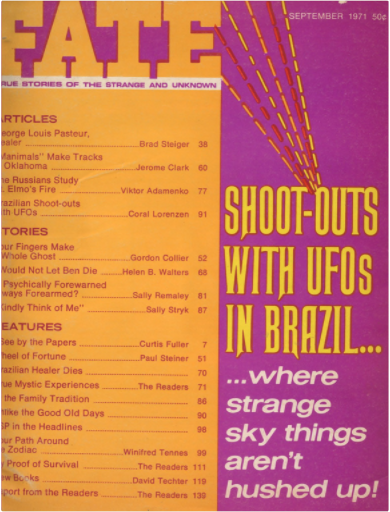 Magazine. 5.5 X 7.25 inches. Articles. Stories. Features. Ads. PARANORMAL  Pp. 448, more than 400 plates - 200 in color. Publisher's blue cloth, lettered in gilt on the spine, color pictorial dust jacket, sm folio (12 x 9 3/4 inches). This is the first American edition. Records show the Great Auk became extinct in 1844. This volume covers all aspects of its morphology, natural history, life cycles and prehistory. It also contains a detailed record of possible sightings long its recorded extinction date. There is a catalog of every known specimen and surviving eggs. |

Morbid Anatomy Museum
Collection Total:
1,253 Items
1,253 Items
Last Updated:
Jan 26, 2016
Jan 26, 2016

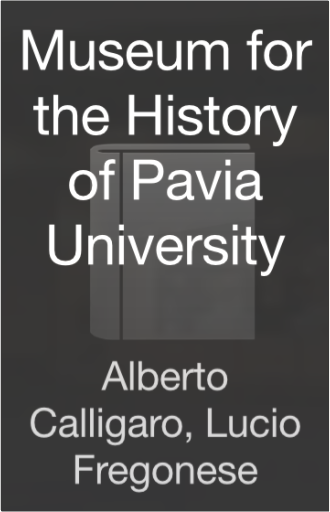
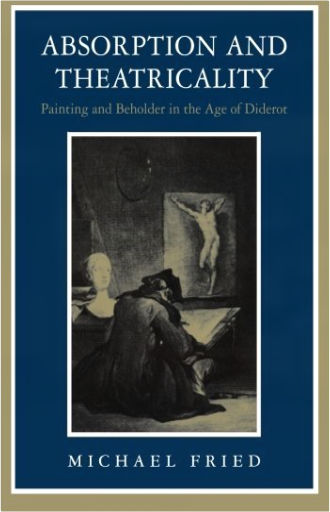
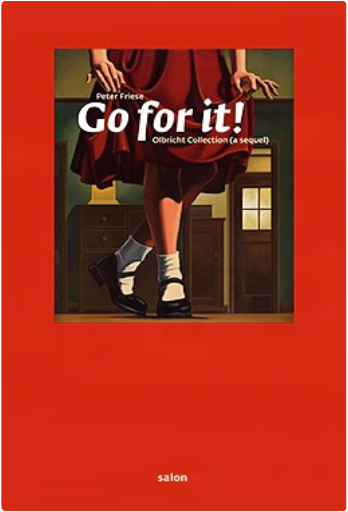

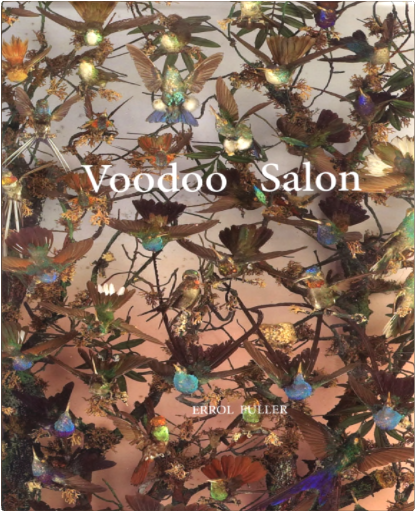
 Made with Delicious Library
Made with Delicious Library